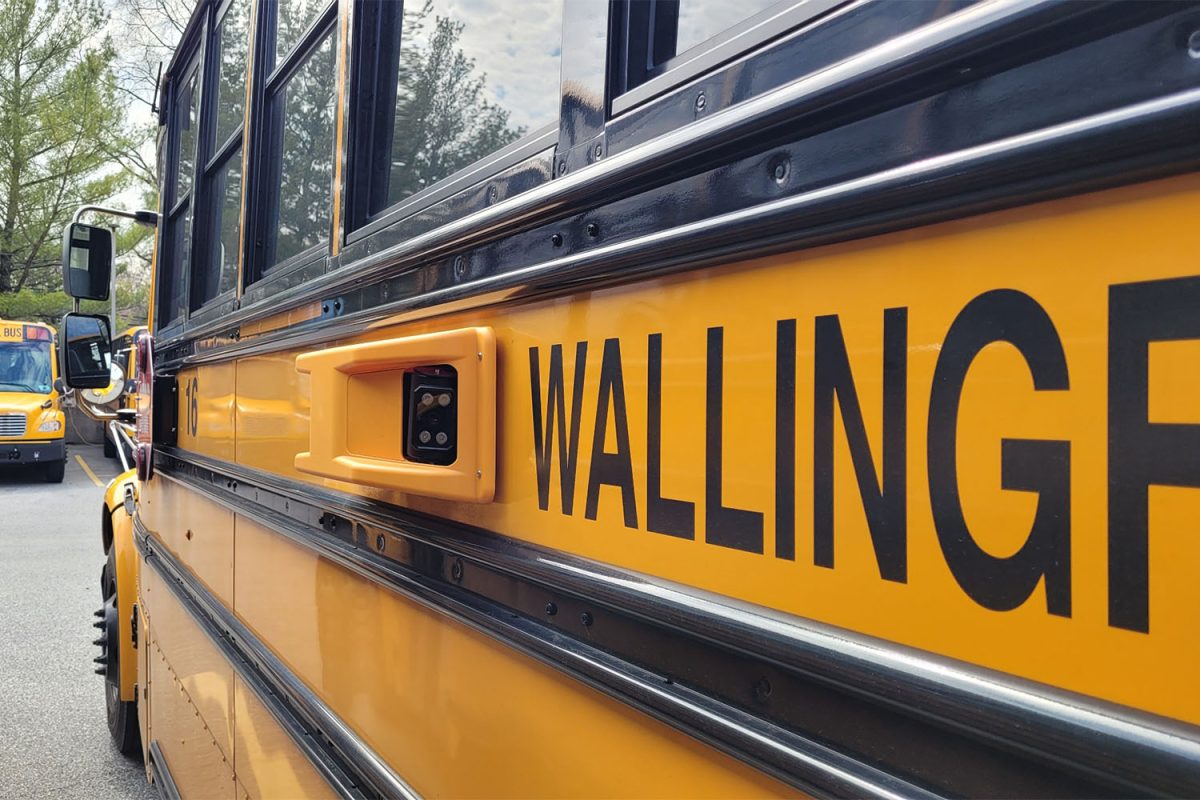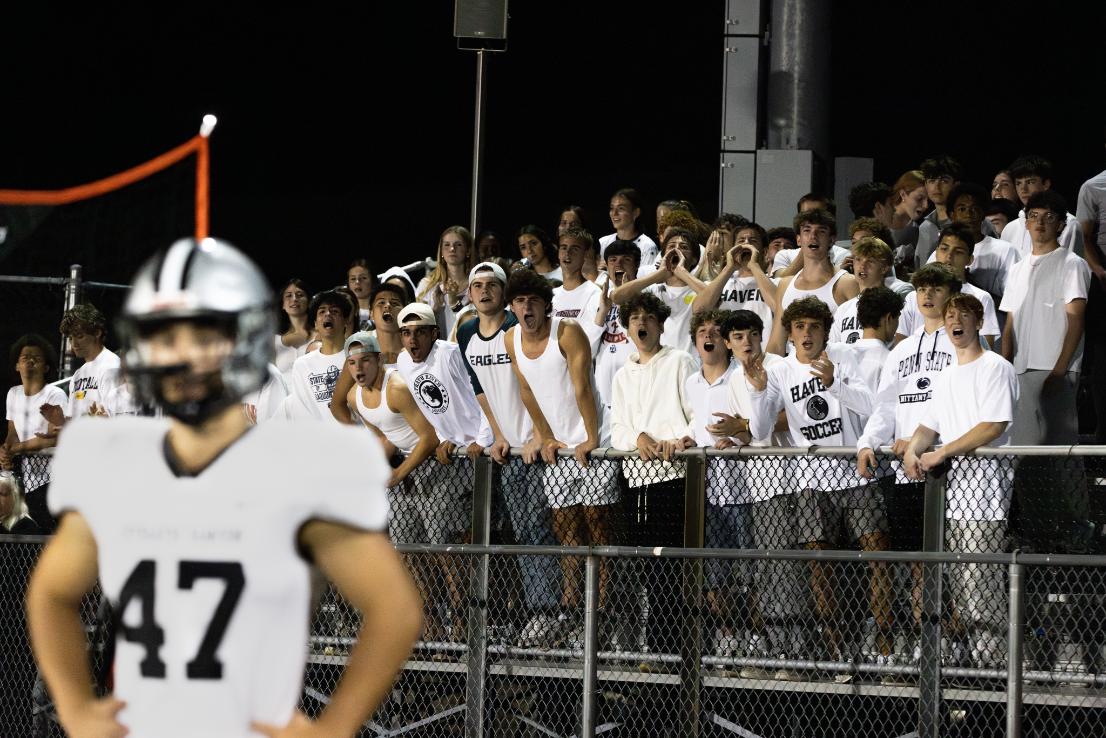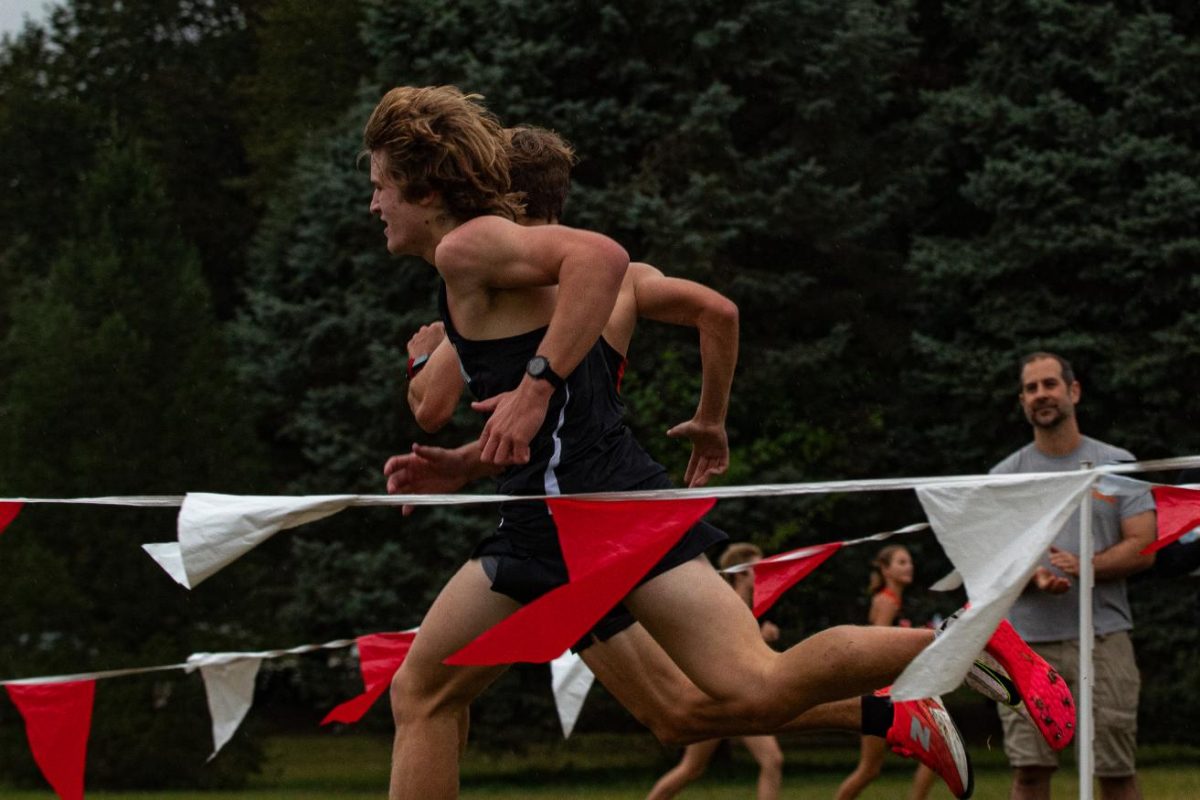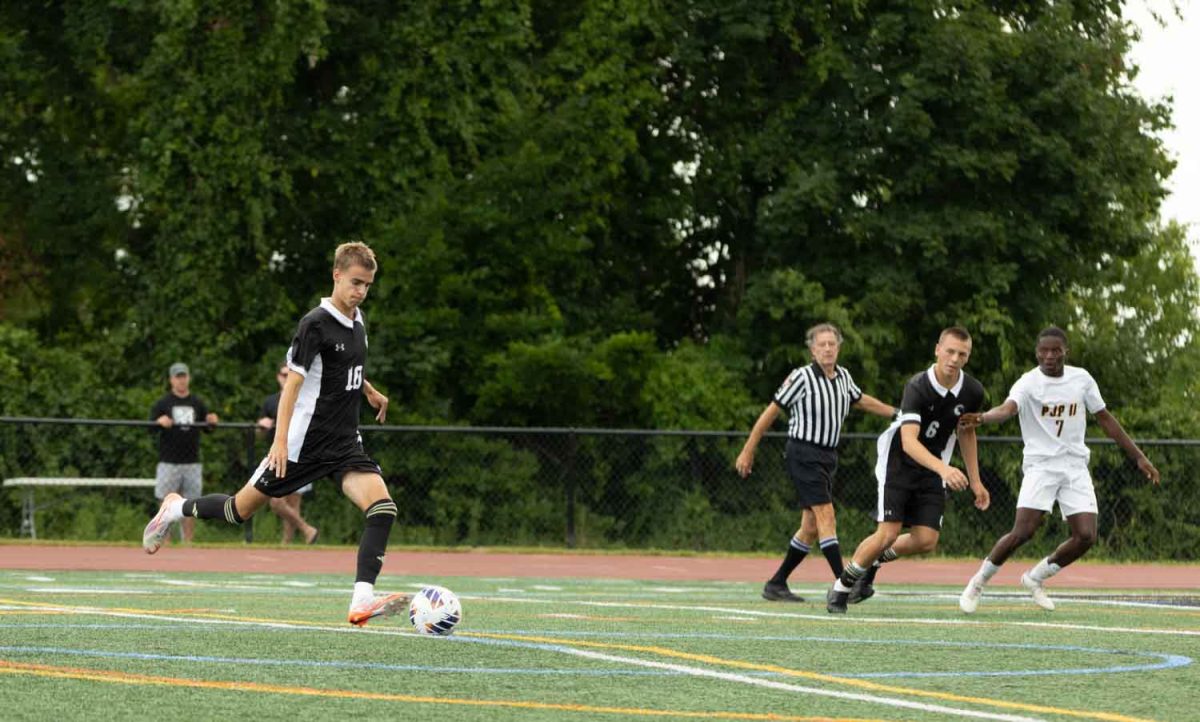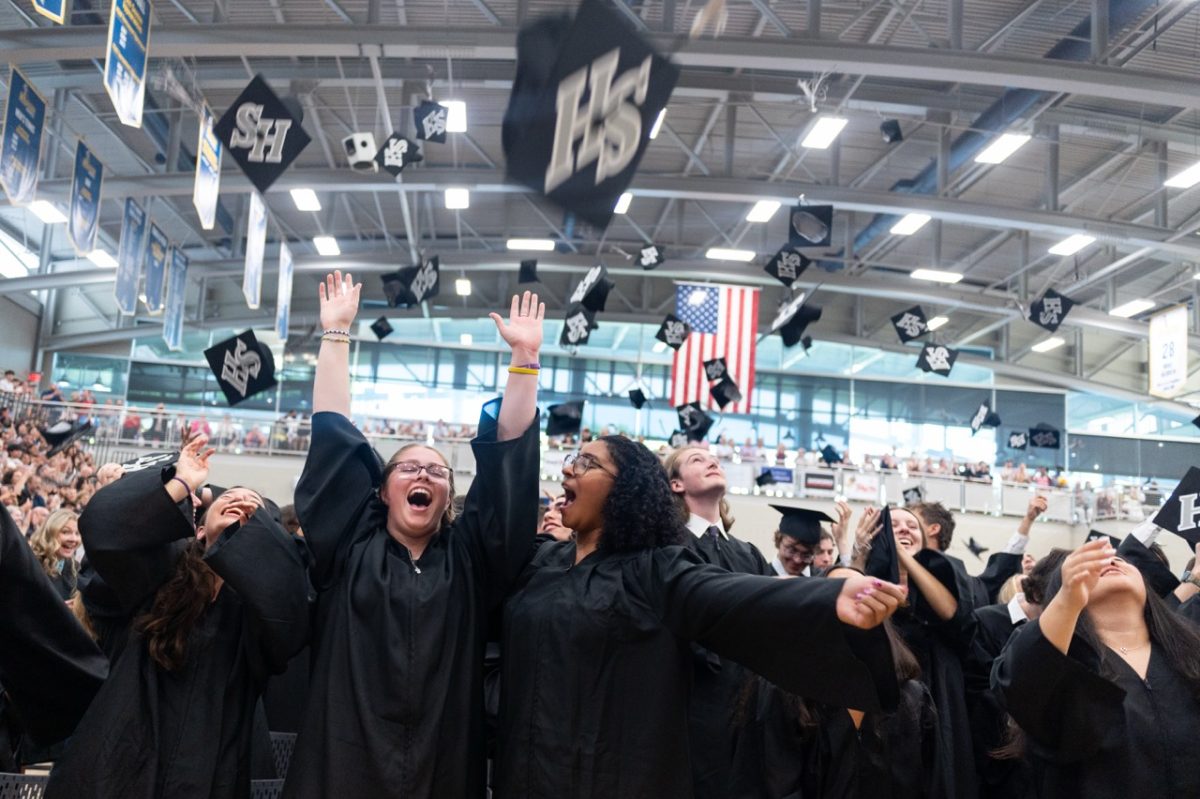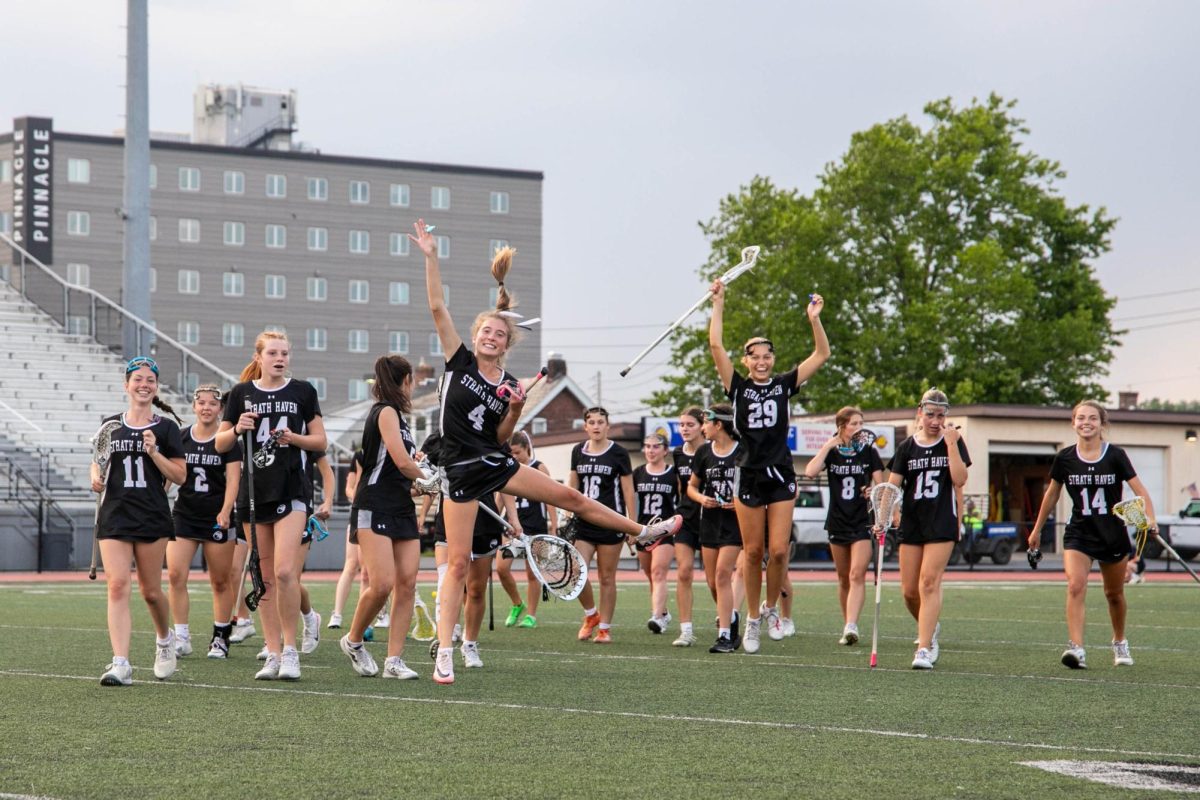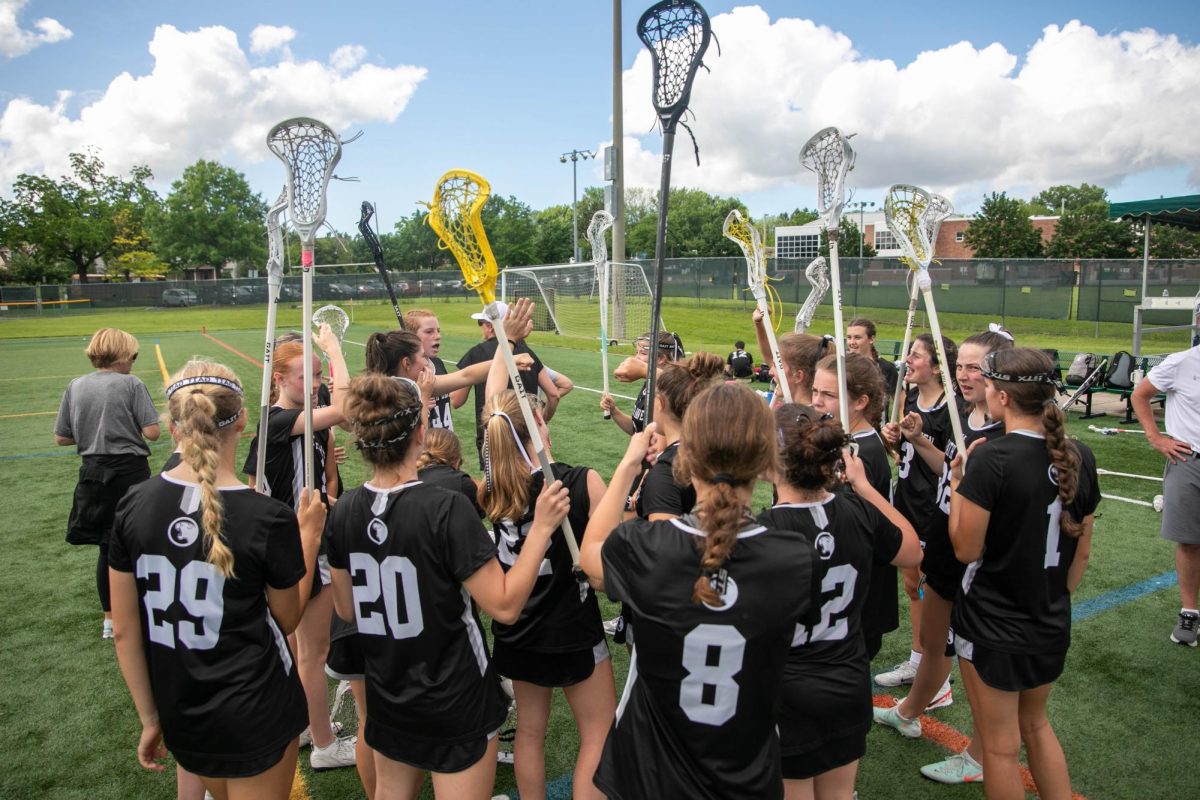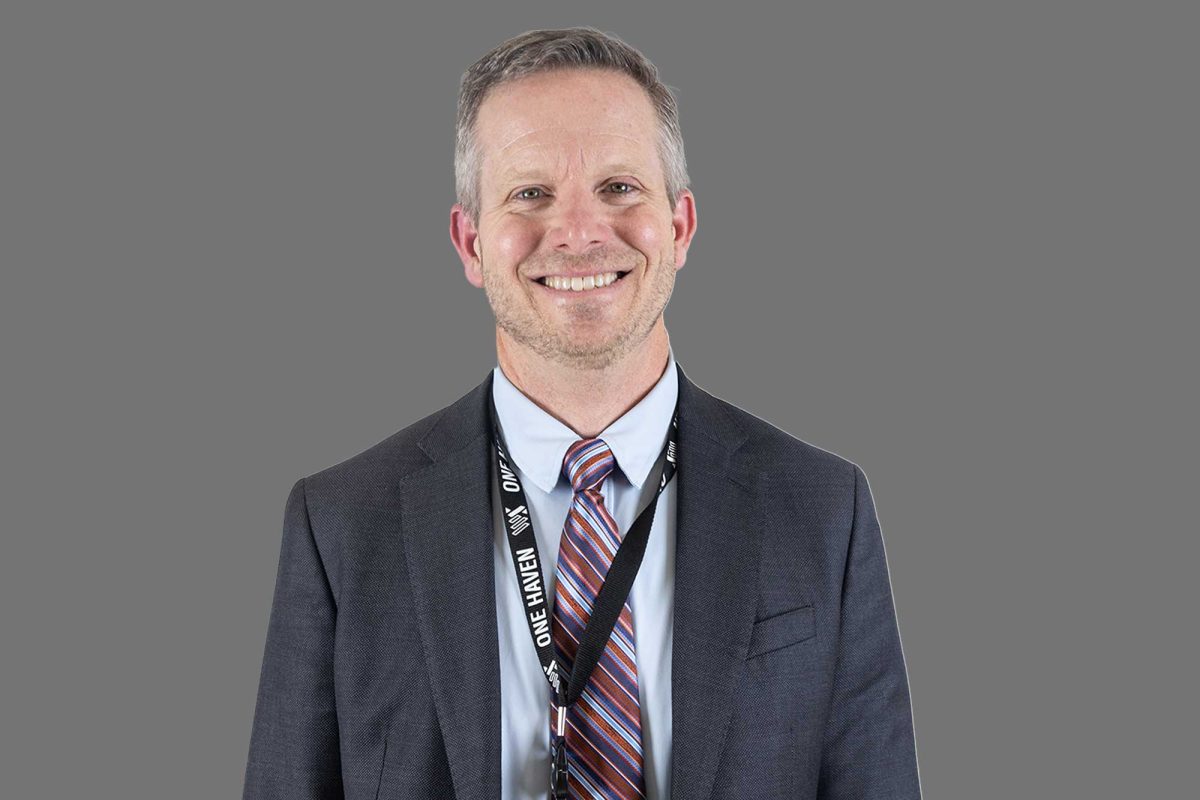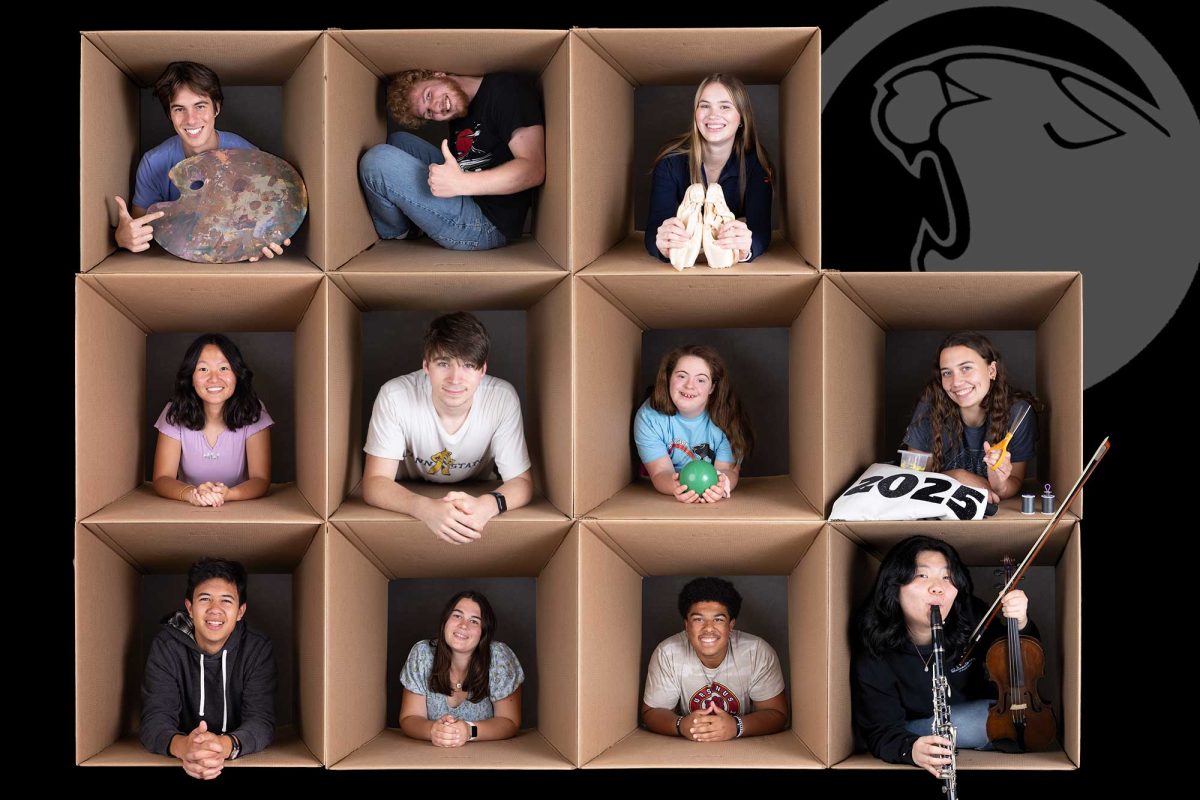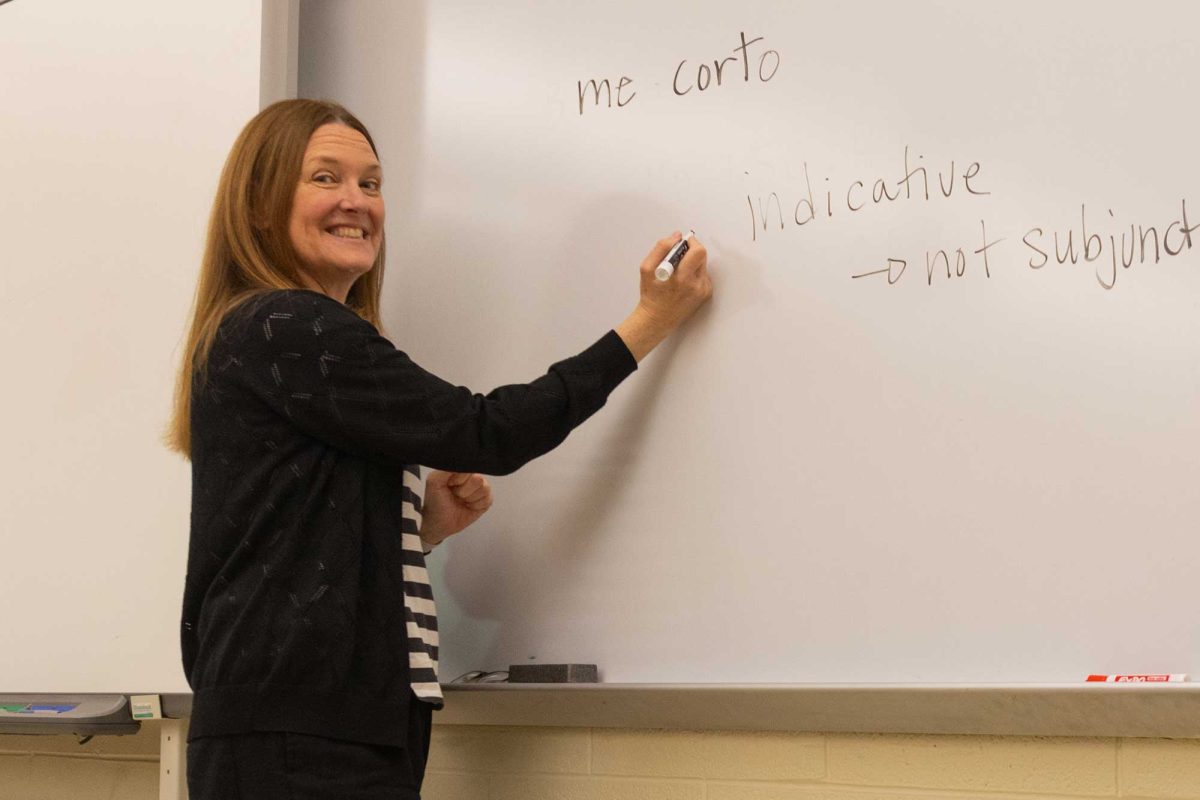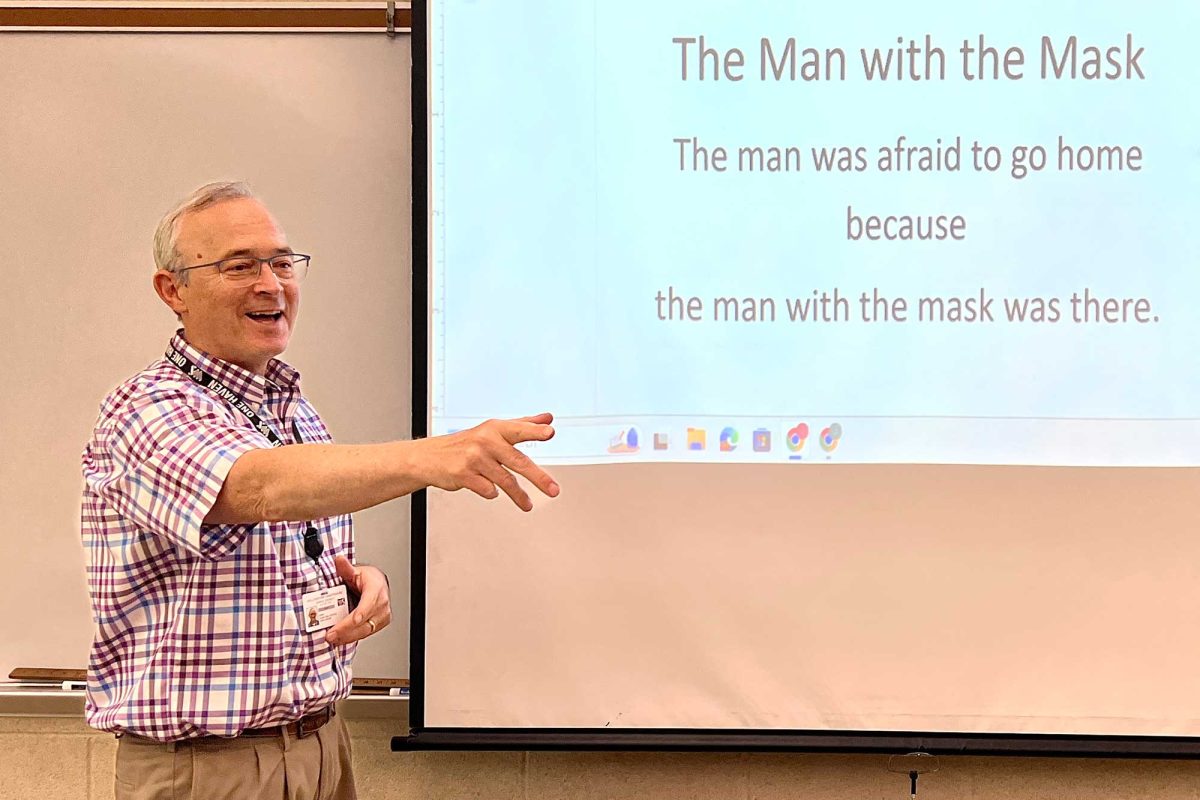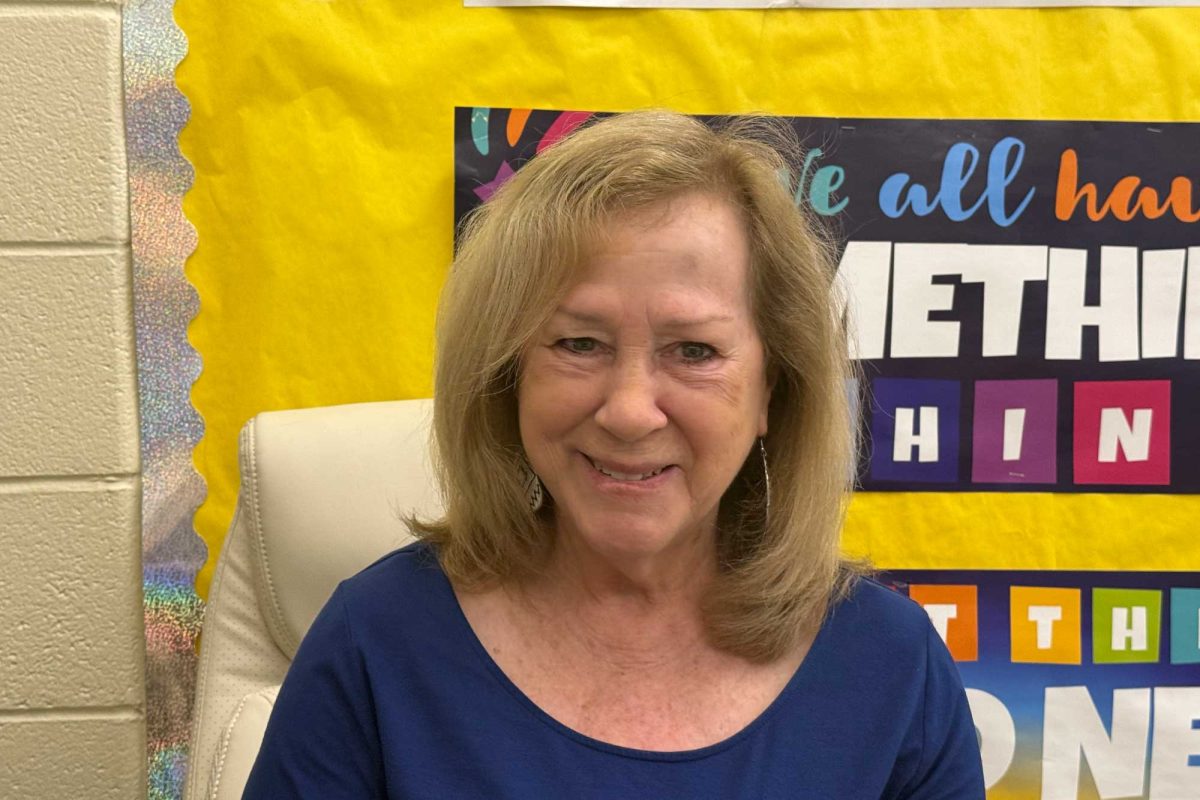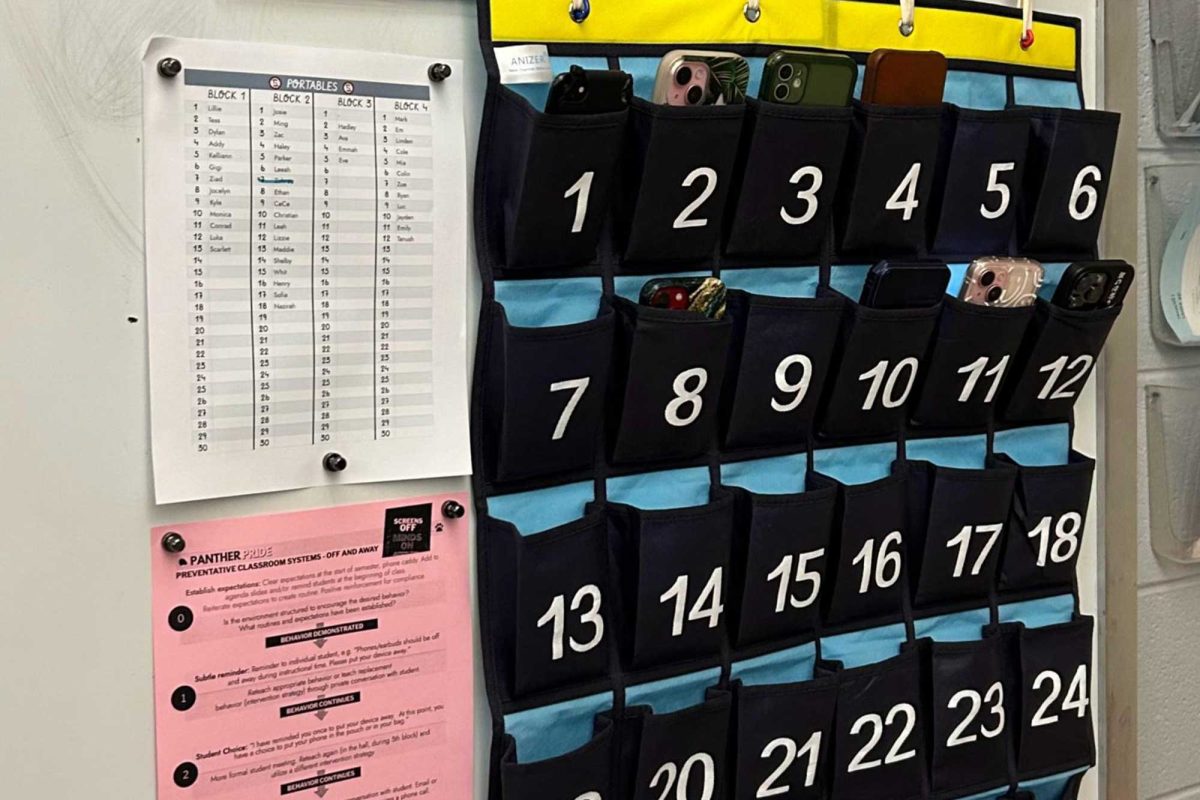Think twice before ignoring a school bus stop sign. Your next mistake might be caught on camera.
The Wallingford-Swarthmore School District and BusPatrol reached an agreement for a new School Bus Stop Arm Enforcement Program, hoping to catch violators who endanger students by ignoring bus stop signs.
The addition of the cameras includes four cameras for all 43 buses the district owns: two on the side with the stop sign, one above them, and one at the back of the bus. The cameras use artificial intelligence to capture the violation.
“There’s AI technology in the camera that’s on the side of the bus that will capture any vehicles passing the bus only when the red lights are activated,” Supervisor of Transportation Alison Sload said. “If you run up to a bus and the yellow lights are on, the AI is not detecting anything at the moment. It’s only detecting it if the lights are red.”
When the AI captures a violation, it sends a notification to BusPatrol, which will then put all the information into a package and send it to local law enforcement for review. Neither the district nor BusPatrol reviews the footage.
“It will have a video, pictures, or anything pertaining to the incident that it captured, and then once that is all put together, it gets sent to local law enforcement,” Sload said. “So, depending on where the car ran the red lights, it will go to that police department. So then they have to review it.”
After law enforcement reviews the package, they have to decide whether it is a punishable offense. If they determine there was a violation, it goes back to BusPatrol, who will send the ticket to the driver. Running the bus stop sign costs violators $300.
The installation of the cameras was completely free, according to Sload. Every $300 fine gets split between BusPatrol, law enforcement, the district, and the School Bus Safety Program Grant.
“[$25] goes to the school bus safety program grant,” Sload said. “$25 of the ticket goes to local law enforcement to pay them for their time. Then, the rest of the ticket is used to pay for the equipment installed on the buses. So once that is paid for, the district will get a certain percent, and BusPatrol takes a certain percent. So, it is free, at no cost to the school district whatsoever.”
February was the first month the cameras were monitored for their data. Sload receives a notification at the end of each month, including all the month’s data. She receives the number of violations, where they occur, which bus they occur on, the times, what days of the week they occur, and which police department was notified.
According to Sload, the cameras caught 94 violations in February, out of which 73 instances were ticketed.
“Mallard Mill Run was the top location for violations, Bus 12 had the most violators that ran the reds, and then most of the violations occurred between three and four in the afternoon, which is when we’re picking up our elementary school students,” Sload said. “That’s the worst time because they’re little guys, not paying attention.”
Junior Samuel McDonough takes the 2:05 p.m. bus home every day. He sees the cameras as an effective way to get people to stop running the bus stop signs and keep kids safe.
“There’s really no other way to catch people besides having the bus driver write down the license plate. So cameras make people accountable for their actions,” McDonough said. “[I also believe $300 is] the perfect amount to make people know that it was wrong and severe.”
Sload sees the program as a step in the right direction to help students stay safe when getting off the bus. With violations mostly happening during elementary school drop-offs, the district hopes the cameras will encourage drivers to think twice before ignoring the bus stop sign.
“I think this is a really great opportunity for us to partner with the local police department and BusPatrol to make our bus stops safer, and to make people more aware of the buses that are in the area,” Sload said. “[We] hope that if they get one ticket, they’ll be looking for that yellow school bus and stop.”




